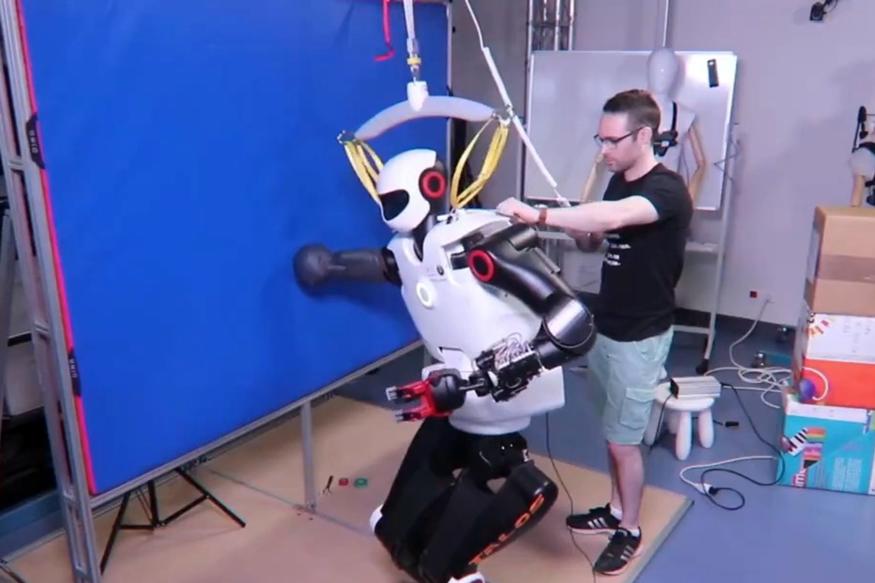Brain-Machine Interface Helps Paralyzed Patient Eat With Robotic Arms

Scientists have succeeded in minimizing the mental effort to control the hands
Researchers at Johns Hopkins University in Maryland have developed technology that allows a partially paralyzed person to feed themselves using robotic arms connected via a brain-machine interface.
New technology allows a person to control bionic hands with little effort of the mind. A paralyzed person only needs to make small movements with his fists and make certain prompts (for example, choose a place to cut food) so that the robotic arms equipped with forks and knives cut the dishes and bring them to the mouth. According to scientists, it takes 90 seconds.
Technology minimizes the mental effort required to complete a task. It increases four degrees of freedom of human movement (two for each arm) to 12 degrees for robotic arms.
In the future, the scientists plan to add sensory feedback similar to touch, instead of relying solely on visual control.



